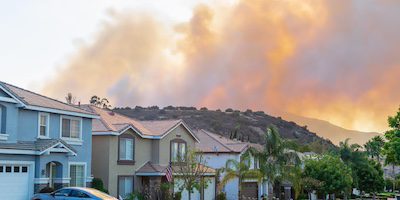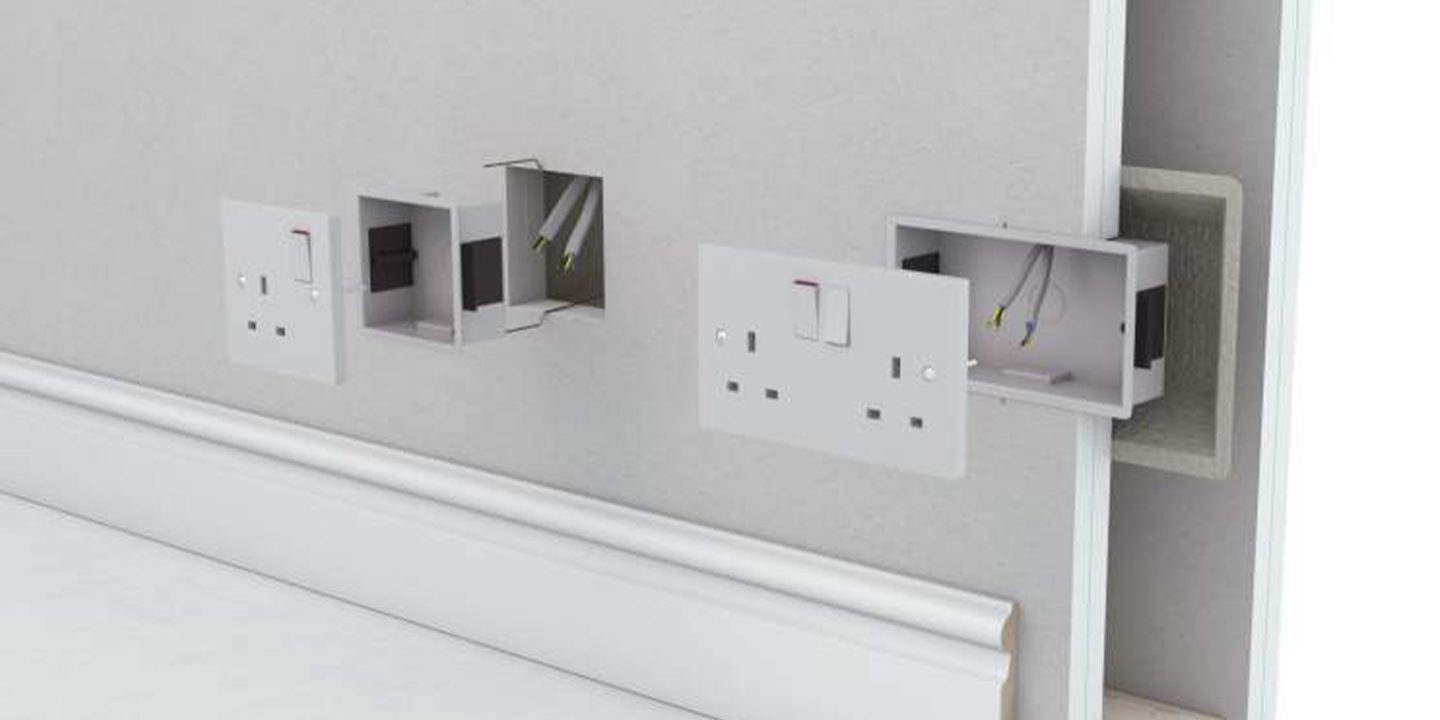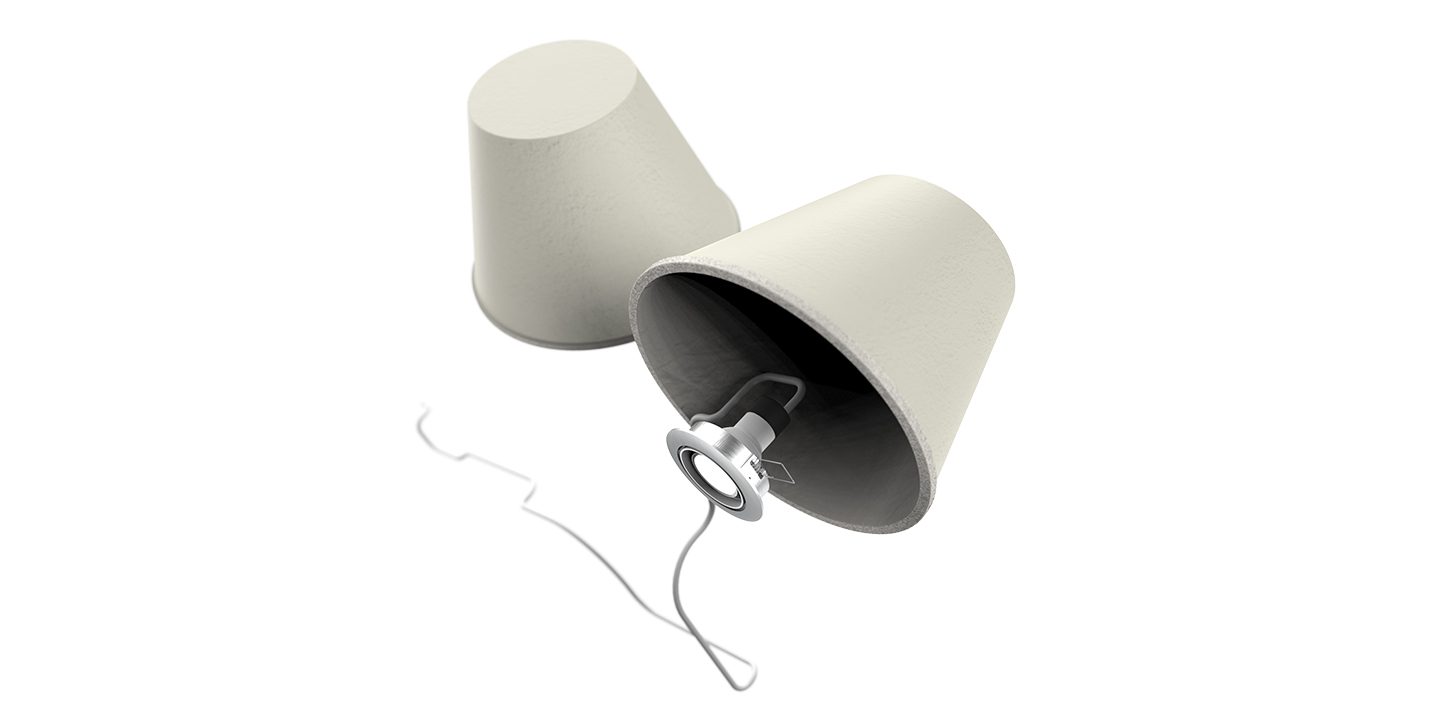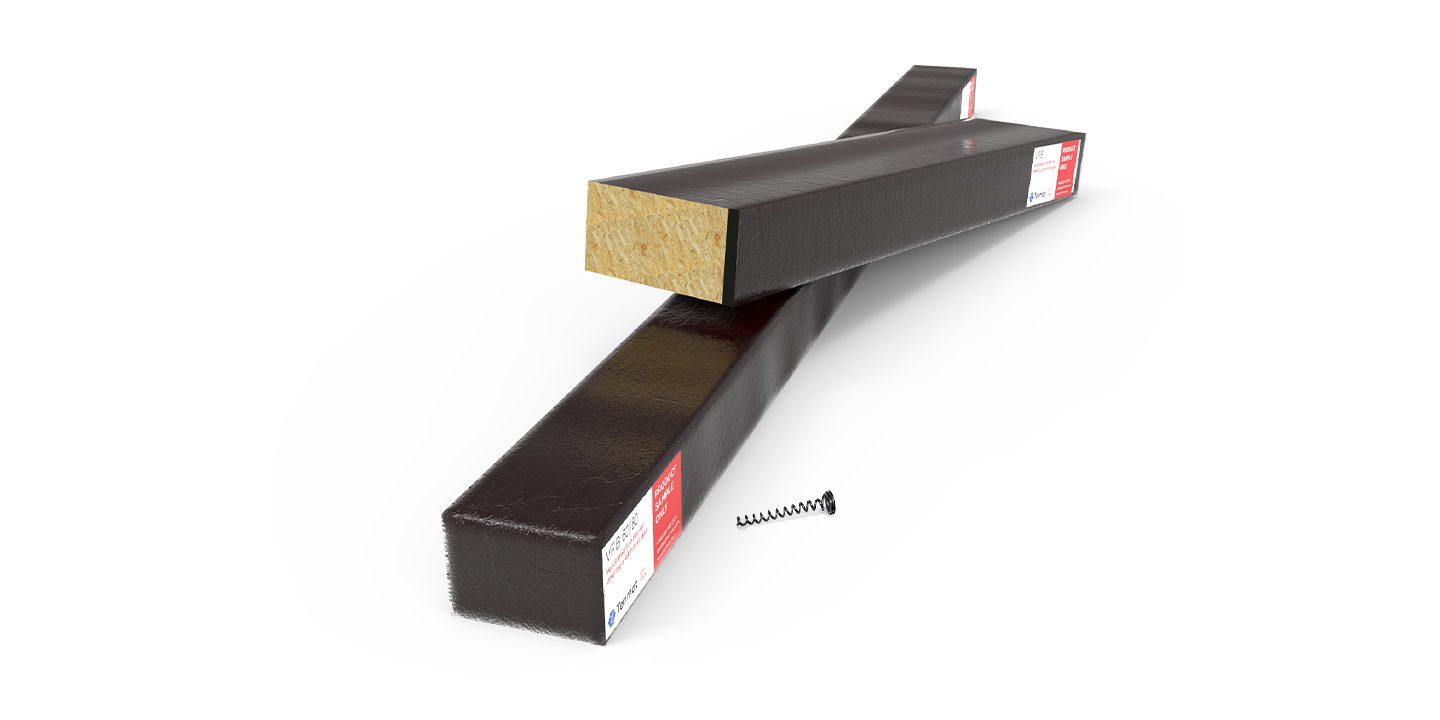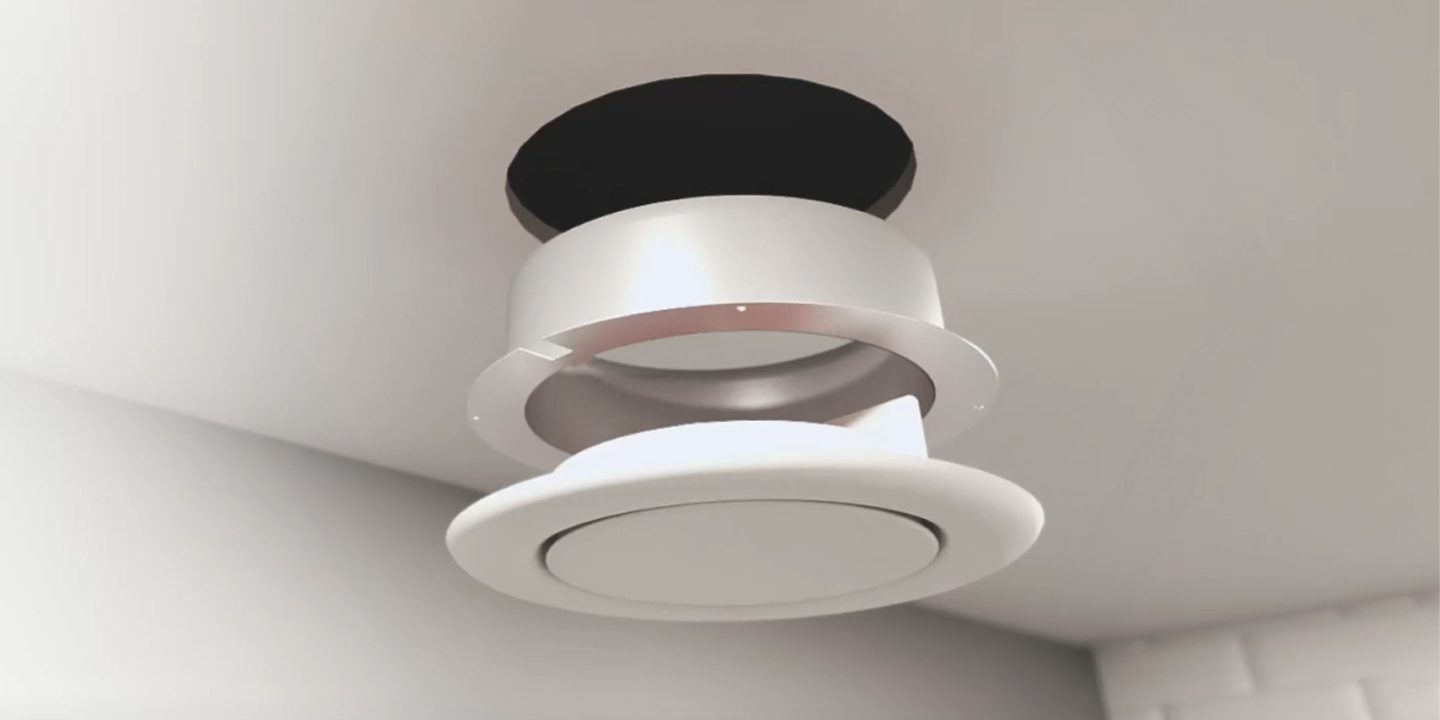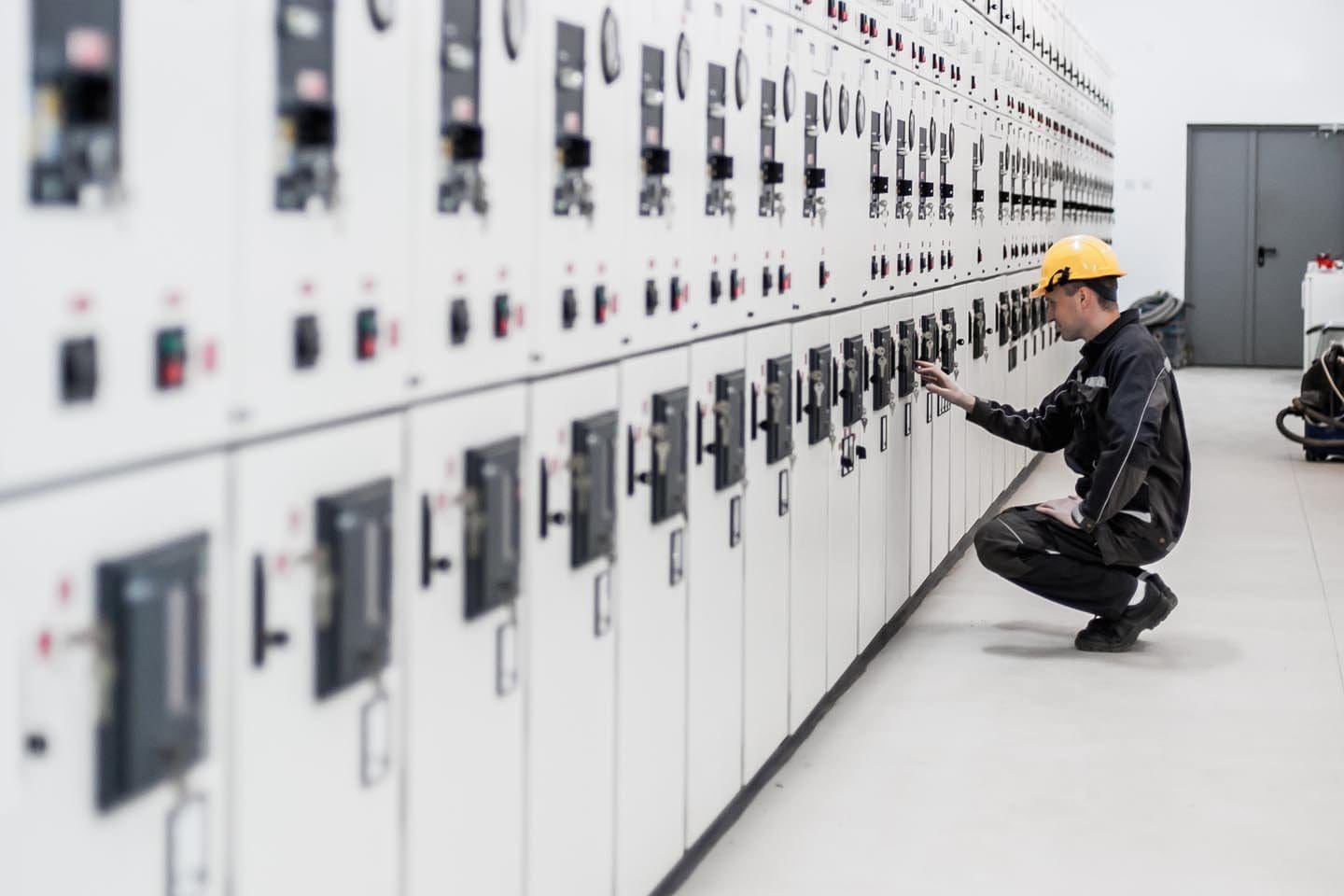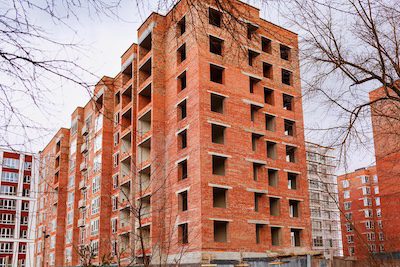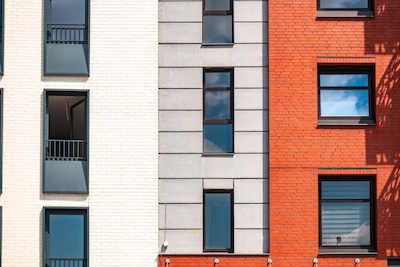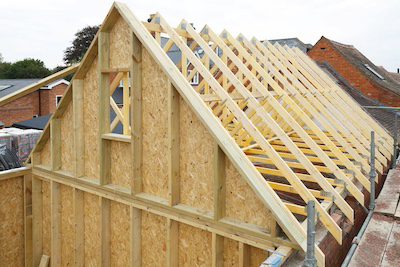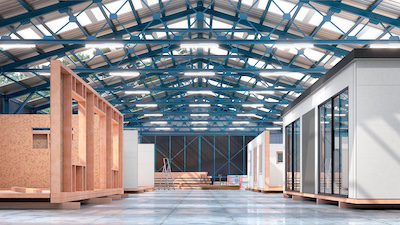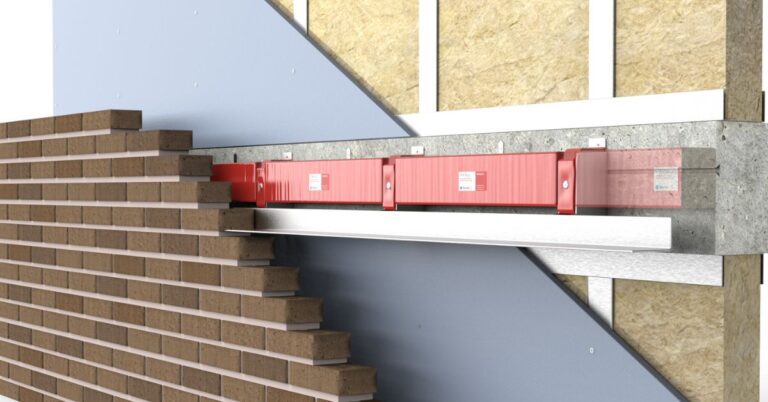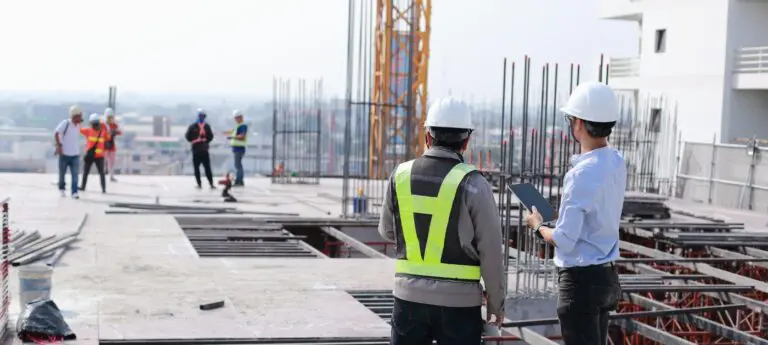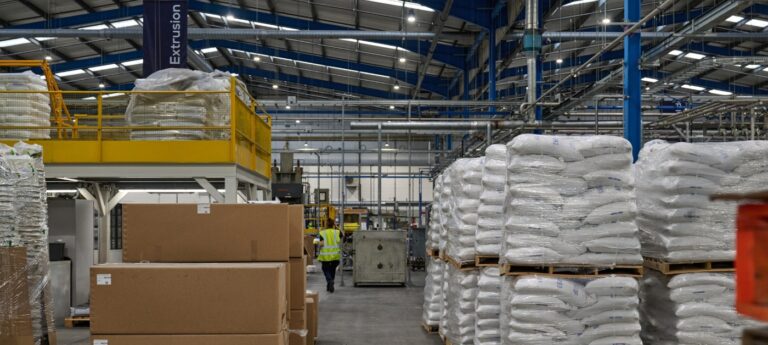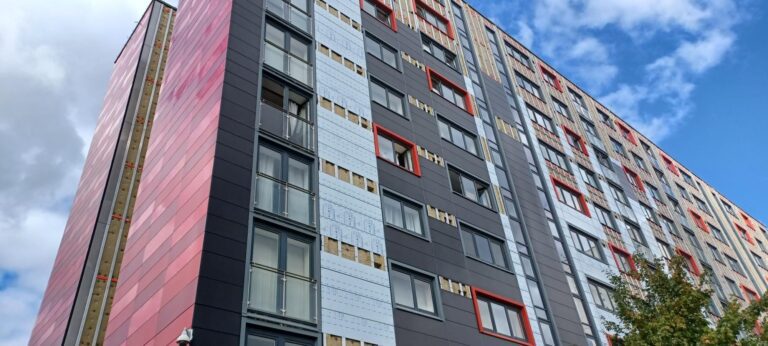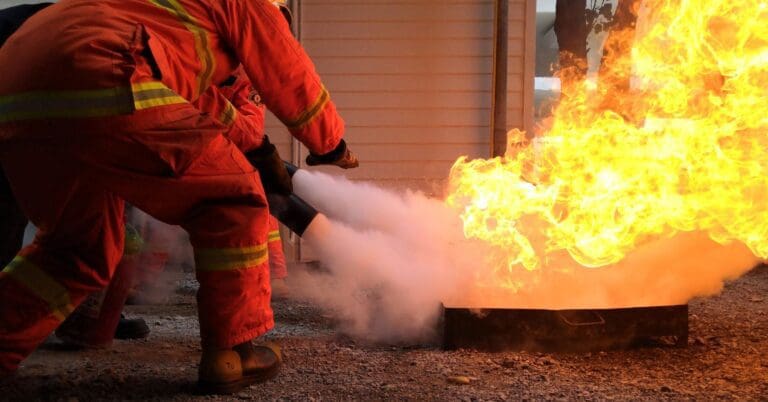What is a cavity fire barrier?
Essential protection in hidden spaces
Cavity fire barriers are the fire-resistance materials installed within the building’s structural systems in occluded spaces. Their intended purpose is to block and slow down fire and smoke passage through these cavities, most often taken up in a wall, floor, or ceiling area of a building. By containing the fire, these barriers support fire compartmentation and help protect occupants.
Commercial vs. residential applications
Cavity fire barriers are integral parts of passive fire protection in buildings, both residential and commercial. Nevertheless, in both cases, the end usage of these barriers might vary significantly. This article provides a deep dive into why such differences might be there, and what kind of specific challenges may arise when dealing with each building type.
Why residential buildings require more cavity barriers
Key reasons for increased need:
More rooms and people:
24/7 occupation:
Complex designs:
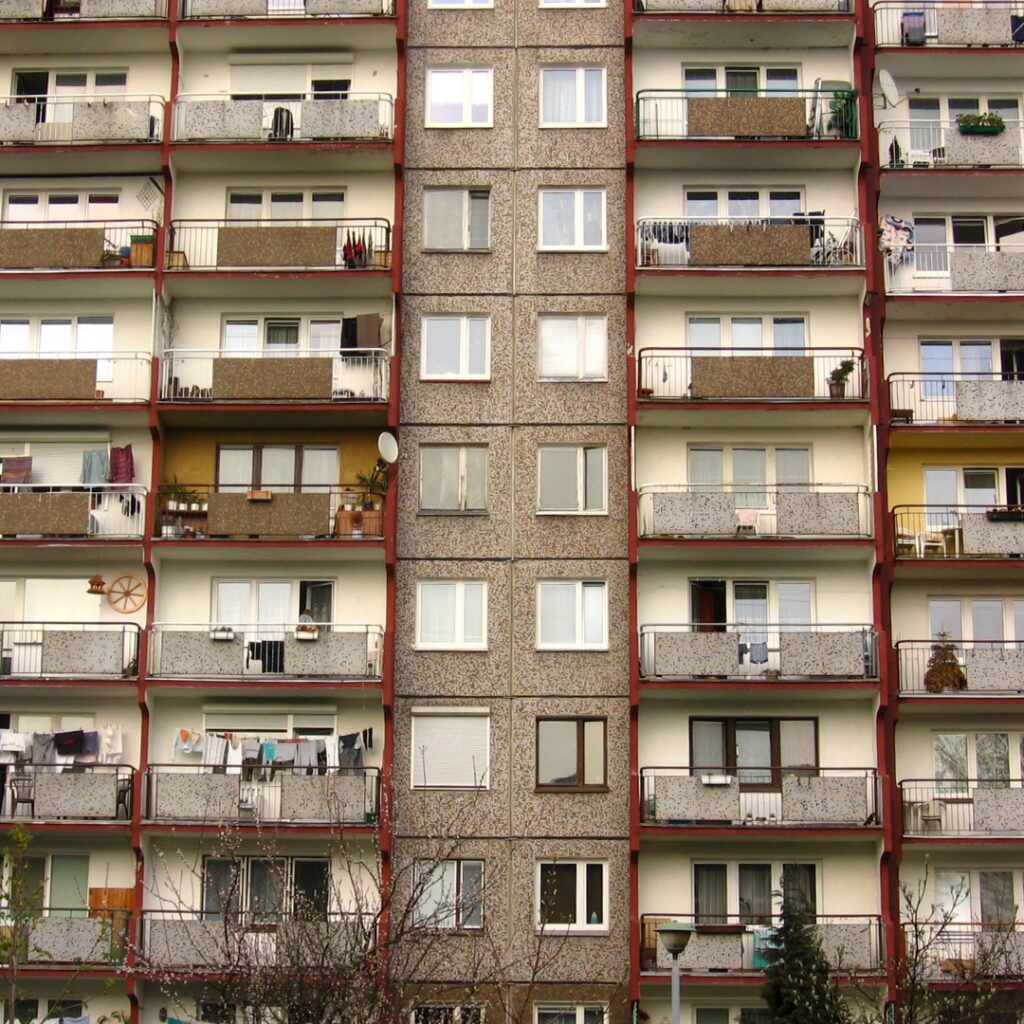
Common uses within homes
Between floors and walls
Fire barriers are installed at the junction of floors and walls to contain the spread of fire between units.
Around windows and openings
They prevent fire from moving through spaces around windows and other openings.
In attics and roofs
The barrier is very essential here since fire can easily spread through the roof space.
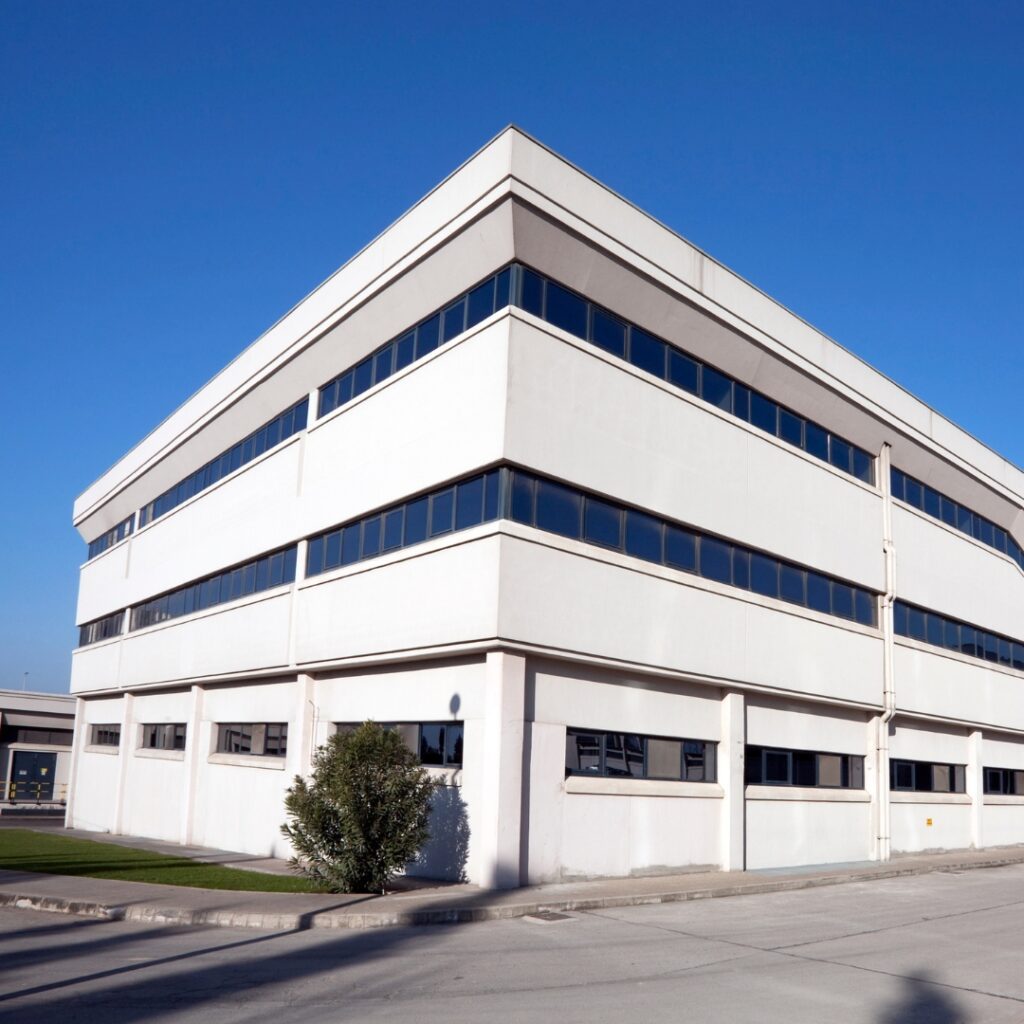
A different story
Commercial buildings, like offices and retail, have fewer rooms and occupants than residential buildings. As such, there are fewer possible ways that fire could spread. These buildings are usually empty at night, so the likelihood of fire incidents with human involvement is quite low. Most commercial premises have open designs, meaning fewer areas in which a fire could be hiding.
Common uses in commercial spaces
Office partitions
Barriers are carried out between office partitions to prevent the spread of fire in open areas.
Under raised floors
They prevent fire spread areas used for wiring and other services.
In external walls
It prevents fire from travelling through cavities in outer walls
Final thoughts
Passive fire protection is something which one cannot emphasise the need enough. By giving priority to passive fire protection, these delays will reduce and hence minimise the occurrence of fire hazard, protecting life and properties for a long time.
If you need further information, you can read our comprehensive guide to cavity fire barriers here.

